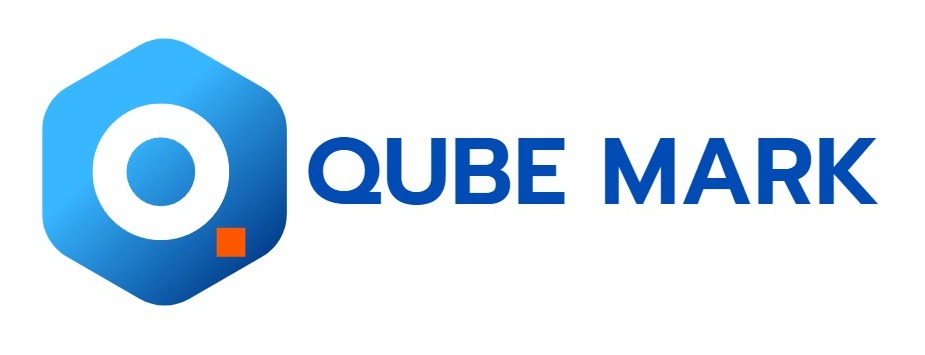CHICAGO, May 16, 2025 -- The global Live Cell Imaging Market is projected to be valued at USD 2.68 billion in 2024 and reach USD 4.49 billion by 2030, growing at a CAGR of 9.0% according to a new report by The Research Insights. The live cell imaging market expands due to continuing technological progress in imaging methods and an increase in high-content screening approaches for drug research. The expansion of the live cell imaging market continues to receive support from increasing cancer cases worldwide and enhanced availability of research grants and funding. Major market players are increasing their activities in emerging markets like Asia Pacific because these regions provide substantial growth potential for live cell imaging. Live cell imaging market participants gain new revenue streams through expanded use of HCS for personalized medicine applications. The market faces difficulties from image analysis and data management complications along with the need to maintain cellular viability during research.
Download PDF Brochure: https://www.theresearchinsights.com/request_sample?id=3764
Integration of High-Content Imaging with Cell-Based Research and Biomanufacturing Workflows Enhances Demand for Live Cell Imaging:
Live cell imaging has transitioned from specialized research equipment to become fundamental in cell biology research while supporting therapeutic development and regenerative medicine advancement. As outlined in the Cell Processing Instruments Market, biomanufacturing facilities and laboratories now utilize real-time imaging systems to examine cell health and behaviour in addition to interaction dynamics within both two-dimensional and three-dimensional cultures.
Bioprocess optimization now demands dynamic high-content imaging to enable ongoing cell response monitoring which supports decision-making at upstream and downstream stages. Researchers use live imaging during stem cell expansion and differentiation to monitor morphological changes and identify contamination or anomalies at an early stage as emphasized in the Cell Expansion Market.
Contemporary instruments now feature automated systems alongside artificial intelligence for image analysis and multimodal platforms which connect research settings with good manufacturing practice standards. The advancements in live cell imaging technology highlight its growing importance in both research and industrial biology settings by establishing it as an essential tool for real-time cellular analysis throughout life sciences.
Browse in-depth TOC on "Live Cell Imaging Market"
55 - Tables
85 - Figures
230 – Pages
Rapid Advancement in Cell and Gene Therapy Accelerates Imaging Demand for Real-Time Quality Monitoring and Clinical Validation:
As cell and gene therapies expand, they generate significant demand for imaging technologies that confirm therapeutic cell performance and maintain viability and batch consistency according to regulatory standards. The Cell and Gene Therapy Manufacturing Market highlights that live imaging systems play a vital role in evaluating dynamic cell properties including motility and transfection efficacy in near real-time alongside immune cell functionalities which are essential for research and industrial production.
Moreover, the Cell and Gene Therapy Clinical Trials Market Report research demonstrates increased deployment of live imaging techniques to enhance preclinical and clinical studies by tracking cell behaviour in host environments which affects therapy outcome assessments. The integration of AI with image quantification tools in live imaging technologies has become essential for maintaining consistent quality in complex patient-specific therapeutic products.
In parallel, investments in supportive infrastructure and raw materials—such as those noted in the Cell Therapy Human Raw Materials Market Research requires imaging tools that can non-destructively evaluate cellular interactions with raw components during culture processes. Live cell imaging systems have become essential tools in biotech, pharma, and CDMO industries due to cross-functional needs that demand precise visualization to fulfil industry and regulatory requirements.
By Based on Product, the market is divided into Equipment, Consumable, and Software. The market is predominantly driven by the equipment segment which holds 56.2% market share in 2023. due to expanding needs for sophisticated microscopy systems including confocal and fluorescence microscopes. Researchers and pharmaceutical companies extensively use these systems for high-resolution real-time visualization of dynamic cellular processes. The combination of automated systems with high-throughput imaging platforms boosts their utilization in drug discovery and personalized medicine applications.
Optimal cell viability and imaging clarity depend on critical Consumables such as reagents, dyes, media, and slides. Academic and commercial research environments generate continuous demand for this segment because they conduct experiments frequently. The development of new fluorescent probes and viability dyes has led to a broader range of possible applications.
By Based on Application, the market is divided into Cell Biology, Developmental Biology, Stem Cell & Drug Discovery, and Others. Live cell imaging enables researchers to obtain critical information about intracellular activities including mitosis and cellular signalling which makes Cell Biology the leading field in application areas. Real-time monitoring of living cells remains essential to fully comprehend cellular mechanisms linked to physiological and pathological conditions. Stem Cell and Drug Discovery applications continue to grow quickly because researchers require detailed observations of stem cell differentiation, proliferation and cytotoxicity when exposed to drugs. Through live cell imaging researchers can screen drug candidates in real time which speeds up preclinical studies and shortens the time needed to bring new therapies to market.
By Based on Technology, the market is divided into Time lapse Microscopy, Fluorescence recovery after photobleaching (FRAP), Fluorescence resonance energy transfer (FRET), High content screening (HCS), and Others. Researchers utilize Time-lapse Microscopy to obtain a series of images which display temporal changes that facilitate the examination of dynamic cellular activities including cell division and intracellular trafficking. Live cell imaging relies heavily on Time-lapse Microscopy because it offers flexible integration options with various imaging methods. Scientists use Fluorescence Recovery After
This News is brought to you by Qube Mark, your trusted source for the latest updates and insights in marketing technology. Stay tuned for more groundbreaking innovations in the world of technology.









